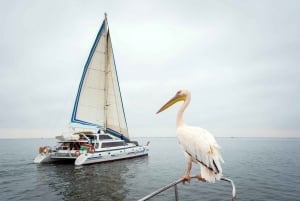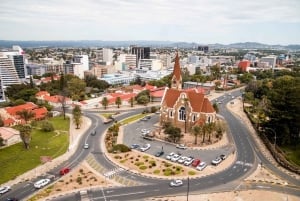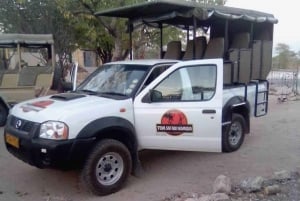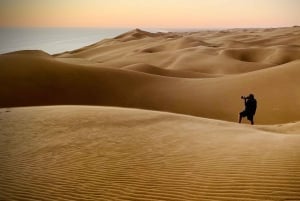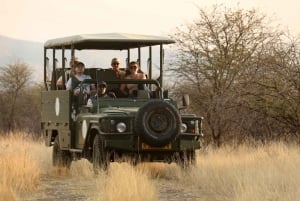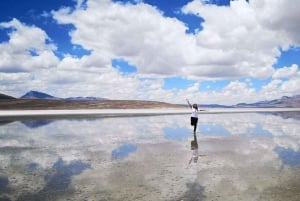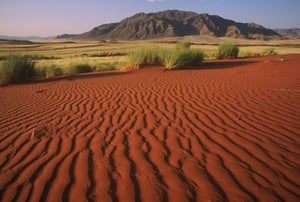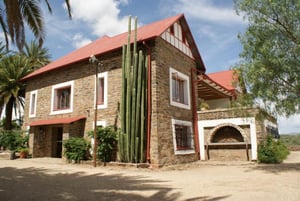National Resources
Natural Resources
Namibia is not only rich in natural resources in terms of incredible landscapes, wildlife and flora, it is also blessed with an abundance of natural energy sources in the form of natural gas, wind, sun and biomass. Rich mineral deposits as well as the presence of uranium greatly increases the country’s wealth. One resource lacking however is that of water. This precious life giving resource should be conserved around every turn and bend. Electricity is also in short supply as Namibia depends highly on imports in order to draw even with the demands of its ever growing population.
Mining
A large part of Namibia’s history is tied up in mining and many of the small rural towns owe their existence to the presence of mineral deposits. The Namibia Diamond Corporation (NAMDEB) is currently the biggest diamond mining operation in Namibia with both onshore and offshore mining activities. The southern parts of Namibia experienced a diamond rush around 1908 as the precious stones were simply picked up off the golden sands of the Namib Desert. Uranium is another rich resource and the Rössing Mine just outside of Swakopmund is one of the largest open pit uranium mines in the world. Large granite quarries are located just outside of the small towns of Karibib and Usakos with other metals including copper, zinc, lead, magnesium, cadmium, arsenic, pyrites, silver and gold being mined further north. Semi precious stones are also found and Namibia has beautiful shops in Swakopmund as well as capital city Windhoek displaying well crafted end products.
Marine Fisheries
The cold Benguela Current is one of the main reasons for Namibia’s highly productive shores with over 20 commercial species such as hake, pilchard, kingklip, tuna and rock lobster being harvested. The country’s fishing grounds extend up to 200 nautical miles and is regarded as some of the richest in the world. The Ministry issues strict control over fishing quotas and licenses in order to safeguard this valuable resource from overexploitation. The total workforce of the fishing industry consists of approximately 65% Namibians with the industry yielding about 600,000 tons of fish per annum. This can be calculated as a 7,5% contribution to the GDP of Namibia.



